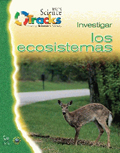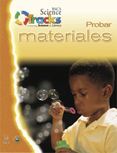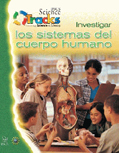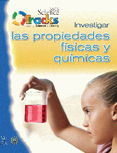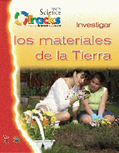Search Listing Name
product:
BSCS Science Tracks: Connecting Science And Literacy: Investigating The Changing Earth Teacher Edition
EARTH & SPACE SCIENCE-This module continues students' investigations of earth materials--soils, rocks, and water--that began in Level 1. In this module, students build on their understanding of the properties of soil, rocks, and water by investigating changes on the surface of Earth due to weathering and erosion. They learn about land forms and how those land forms change over time because of the interactions among soil, rocks, water, and wind. Students construct and use stream tables to investigate the flow of water over Earth's surfa
product:
BSCS Science Tracks: Connecting Science And Literacy: Investigating Heat And Changes In Materials Teacher Edition
PHYSICAL SCIENCE-Students explore the changes of matter between solid and liquid and liquid and gas by investigating the changes of state of water as it melts, freezes, condenses, and evaporates. Students recognize that these changes do not occur without the addition or removal of heat. Students become aware that heat transfers from one object to another, and that this conduction can cause a change in material state. Students also become aware that not all forms of matter react the same way to heat or loss of heat. Teams of students use ev
Pagination
- First page
- Previous page
- Page 1
- Page 2
- Page 3
- Page 4
- Current page 5
- Page 6
- Page 7
- Next page
- Last page

